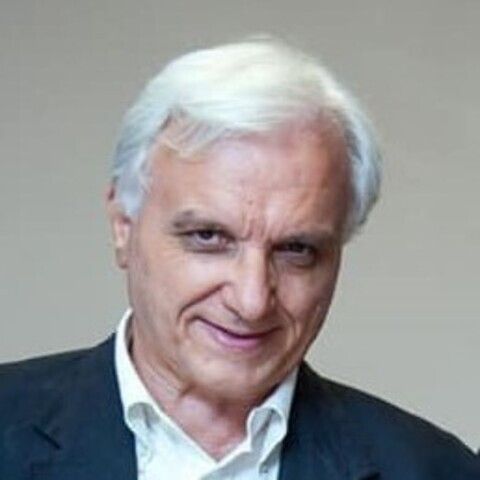This new production of Wagner's Lohengrin directed by Calixto Bieito, which debuted in a livestream from the Staatsoper Berlin, found its way to comply with both the social distancing rules and a historically correct performance, with only 40 musicians in the pit playing the original score, as they did at the first performance of Lohengrin in Weimar in 1850. Also, a slightly reduced chorus could keep the prescribed distance, the singers being allocated the depths of the backstage.
Bieito moves the plot to the present time. Rebecca Ringst has designed a sober stage space, an improbable courtroom with a high, movable stand and fluorescent tubes, some desks and leaflets flying all around. People are dressed in everyday clothes, costumed by Ingo Krügler.
A palpable sense of fear lingers on Bieito's stage. Enclosed in a prison-like cage, Elsa is harshly accused of having murdered her brother. The prevailing sentiment is that of an imminent tragedy and Lohengrin's arrival only confirms her accusers' fears. Regietheater reigns supreme. Dressed in white, with an origami swan in his hand, the newcomer is less a Grail knight than an absent-minded daydreamer. The ring for the duel with Telremund is formed of office chairs and the combat takes place without weapons, they just stare at each other. Lohengrin sings his centrepiece (the story of the Grail) first lying on the ground, then on his kneels. Elsa scribbles the word "love" on the back of Lohengrin's jacket. A furious, compulsive (in some way mystifying) "demythologisation" of the myth.
The vocal performances were of high quality, though. Franco-Italian tenor Roberto Alagna and Lithuanian soprano Vida Miknevičiūtė made their role debuts as Lohengrin and Elsa of Brabant. Alagna depicted an idealist, self-centred, not-so-heroic hero: his interpretation had something creepy that seemed to fit the role according to the director's intentions, and after a slight initial lack of intonation, he recovered his confidence and fine-tuning, along with with the care for phrasing.
Miknevičiūtė showed an intense soprano with a wide range of dramatic nuances, a mix of melancholy and invincible determination; all she craves is redemption, rather than living a love story. "Euch lüften, die mein Klagen" was sung impeccably. Her ambiguous relationship with Ortrud was made clear in the second act, which the director portrayed as a lesbian love duet.
René Pape delivered a great performance as Heinrich, authoritative and ambiguous. Ekaterina Gubanova’s Ortrud was really convincing and Martin Ganter presented the diverse aspects of Telramund's character, ranging from resentment to contrition.
Matthias Pintscher's conducting showed fluid tempos, but it remained largely a practical, unadventurous interpretation, not so Wagnerian in spirit and stamina. What sounded good were the balances between pit and stage. The Staatskapelle Berlin played faultlessly, and the Staatsopernchor, prepared by Martin Wright, was great, especially the brilliant double male chorus in the second act.
This performance was reviewed from the live Arte video stream


